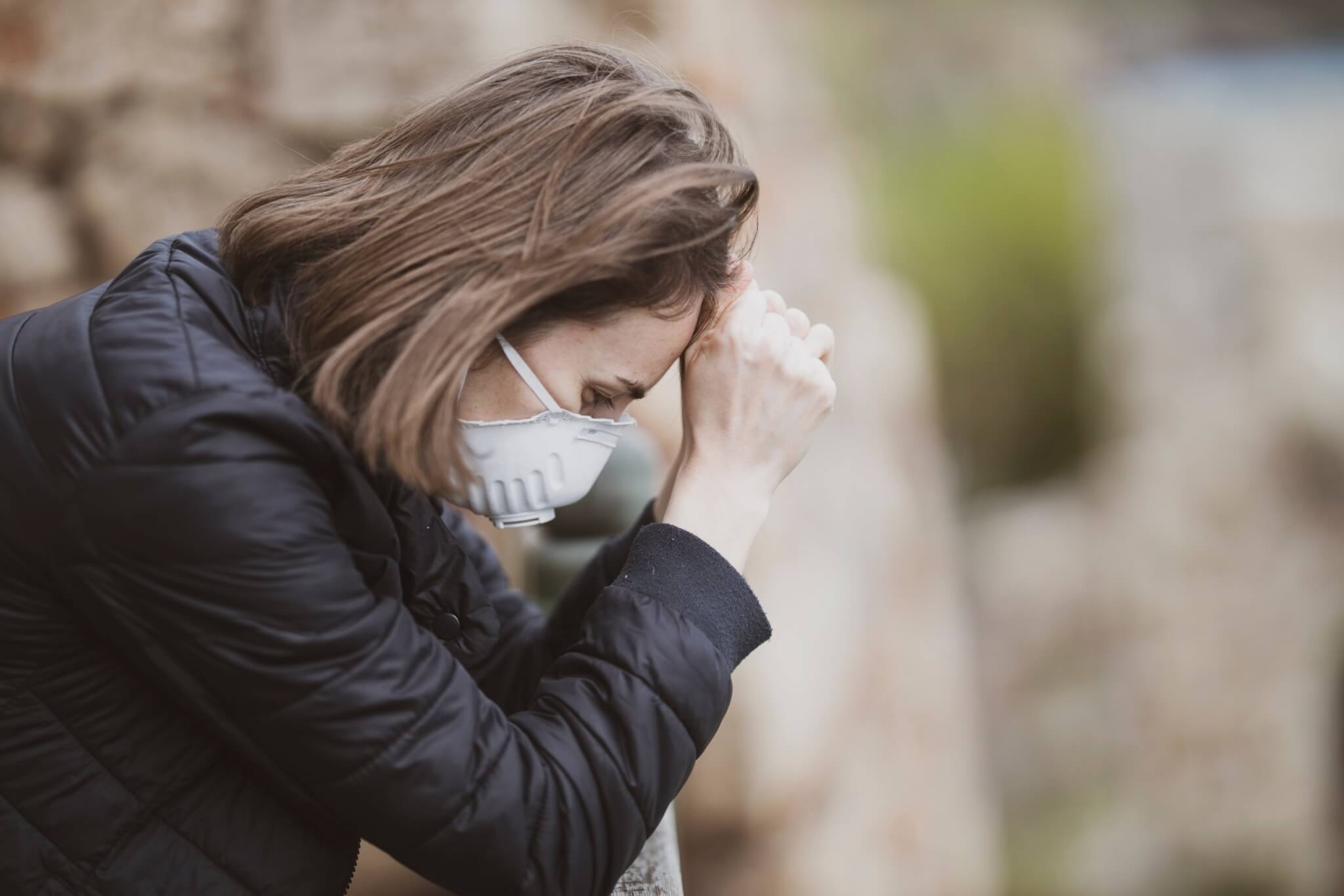
A new study is revealing the physical cause behind the persistent fatigue long COVID-19 patients experience. Researchers from Amsterdam University Medical Center (UMC) and Vrije Universiteit Amsterdam (VU) have found that the origin of this problem is connected to reduced energy production in the mitochondria of muscles — the microscopic batteries inside human cells.
“We’re seeing clear changes in the muscles in these patients,” says study author Michèle van Vugt, a professor of internal medicine at Amsterdam UMC, in a media release.
The research involved 25 long COVID patients and 21 healthy individuals. Participants had to cycle for 15 minutes, a test that led to a long-term worsening of symptoms, known as post-exertional malaise (PEM), in long COVID patients. This condition is characterized by extreme fatigue following physical, cognitive, or emotional exertion.
The team analyzed blood and muscle tissue before and after the cycling test. They found that the mitochondria, often described as the cell’s energy factories, functioned less effectively in long COVID patients, leading to decreased energy production.
“So, the cause of the fatigue is really biological. The brain needs energy to think. Muscles need energy to move. This discovery means we can now start to research an appropriate treatment for those with long COVID,” explains van Vugt.
The research also addresses a prevalent theory about long COVID, which suggests that coronavirus particles may linger in the body.
“We don’t see any indications of this in the muscles at the moment,” says Rob Wüst, an assistant professor in the Department of Human Movement Sciences at VU.

Additionally, the study confirms that the heart and lungs of these patients function well, indicating that the fatigue is not due to issues in these organs. The study’s implications extend to the treatment and management of long COVID. Brent Appelman, a researcher at Amsterdam UMC, advises patients to be mindful of their physical limits.
“In concrete terms, we advise these patients to guard their physical limits and not to exceed them. Think of light exertion that does not lead to worsening of the complaints. Walking is good, or riding an electric bike, to maintain some physical condition. Keep in mind that every patient has a different limit,” says Appelman.
“Because symptoms can worsen after physical exertion, some classic forms of rehabilitation and physiotherapy are counterproductive for the recovery of these patients,” Van Vugt adds.
Long COVID, also known as post-acute sequelae of COVID or post-COVID syndrome (PCS), affects an estimated one in eight people infected with the SARS-CoV-2 virus. Symptoms include cognitive problems (brain fog), fatigue, exercise intolerance, autonomic dysregulation, postural orthostatic tachycardia syndrome (POTS), orthostatic intolerance, and worsening of symptoms after physical exertion.